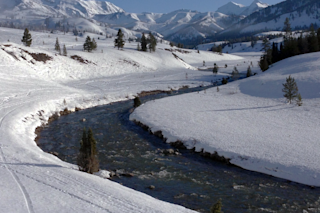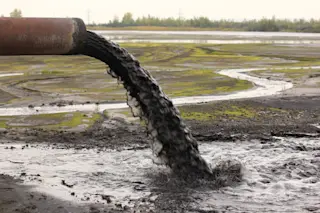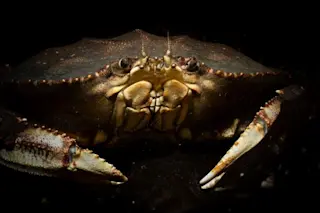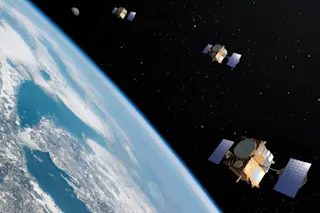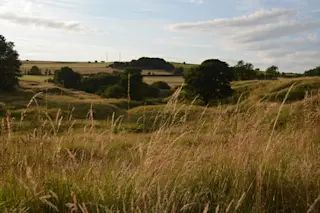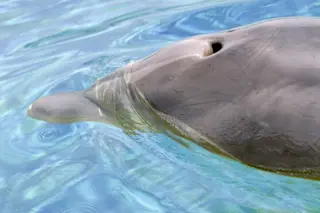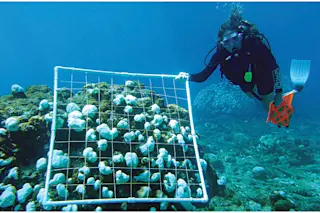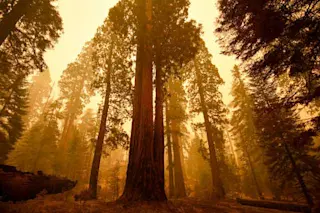Hugging coastlines, the dots on this map mark the world's 58 known dead zones--swaths of sea bereft of life. The zones occur where fertilizer and sewage runoff, carried by rivers into the ocean, feeds the runaway growth of algae. When the tiny plants die, they decompose, drawing oxygen from the water. Fish can flee, but most sedentary creatures such as mussels, lobsters, and clams cannot survive.
The worst region is the Baltic Sea, says Robert Diaz of the Virginia Institute of Marine Science. About one third of the Baltic--an area covering more than 38,000 square miles--is lifeless. "It has devastated some fisheries--cod, for example," says Diaz. He reports that about half of all American estuaries are oxygen-starved. Intensive farming and growing cities, which produce more sewage, are amplifying the problem. In some places, several troubled areas are so tightly packed that they appear as single points on the map. "For ...




